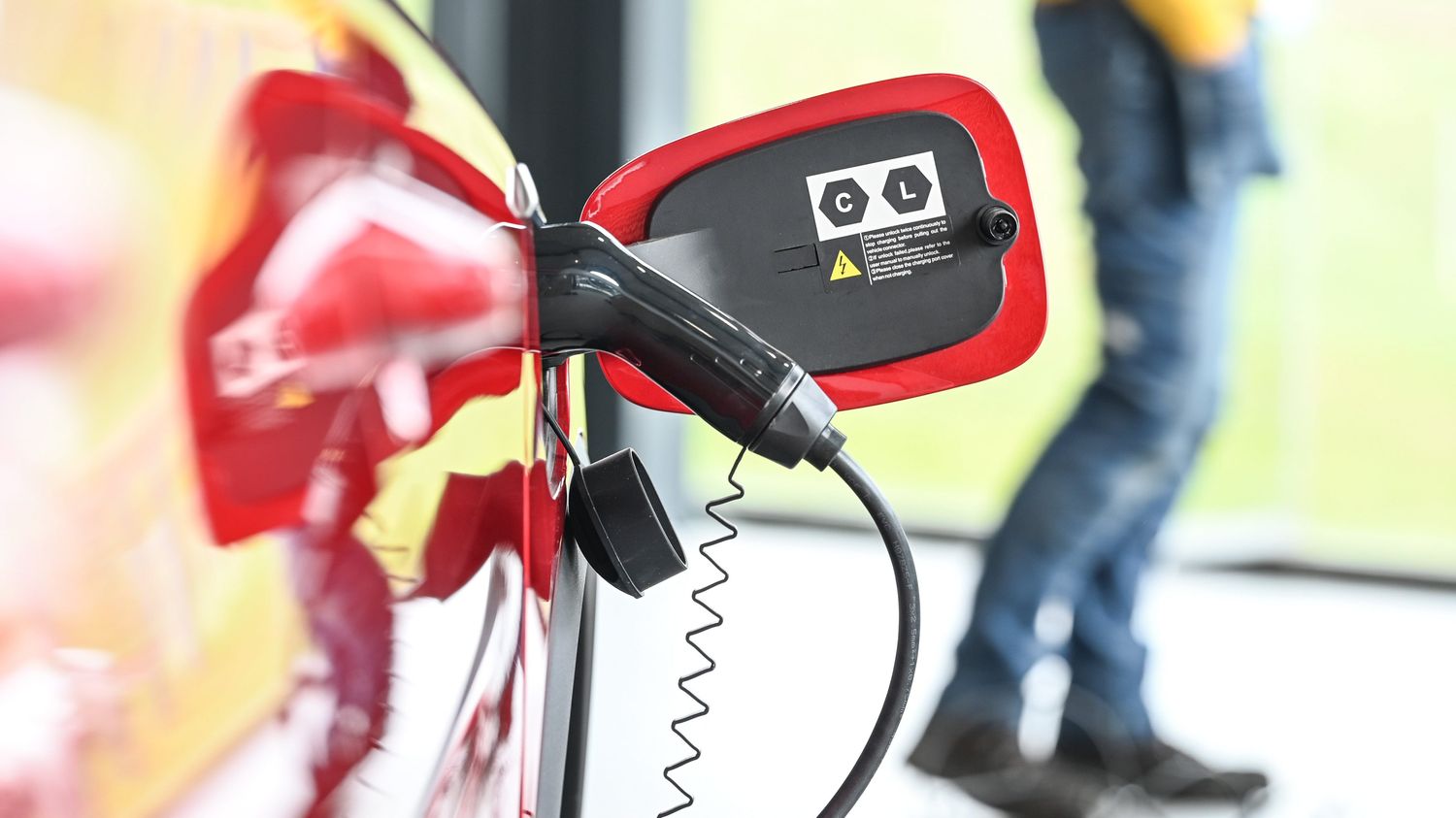Buzze offers to connect motorists to allow them to use other people’s chargers. A solution for those who do not have the space or means to install one in their home, and a source of income for others.
Published
Update
Reading time: 3 min

Charging your electric car can be a source of stress since the infrastructure are not yet numerous enough, even in the United States.IInstalling a charger at home can also be very, or even too expensive. But an American start-up may have found a solution. Buzz, based in Arizona, was launched last November. It initially focused on the Phoenix area, Arizona’s largest metropolis, but has recently taken on the California market with national ambitions. On electric vehicles, what holds back many buyers, beyond the price, is the anxiety of autonomy. How many kilometers will I be able to drive with a “full” ?
Thanks to the advancement of technology and batteries, this autonomy is improving, but it does not prevent another type of anxiety related to charging. A third of Americans live in an apartment, where it is not easy to install a charger. And for those who live in a home and have the space to do so, the cost of a Level 2 charger, capable of refilling a battery in 4 to 10 hours, may be a deterrent. With Airbnb, owners amortize the price of their property by renting it out occasionally, Buzze, it’s the same idea.
Up to $400 per month for host
It works ua bit like Airbnb. You register your charger on the site by indicating your address and available hours. Some people don’t necessarily want a stranger loading their car on their driveway or having access to their garage in the middle of the night. Buzze explains that the host can earn $400 per month. A sum sufficient to reimburse the charging of one’s own car – $60 per month on average according to the US Department of Energy – and generate additional income to cover, for example, part of the installation of the charger. The app determines the power consumption of its users and reimburses the host. Buzze makes money by making the user pay a price per kilowatt higher than that of the electricity company, but which remains, according to the application side, lower than that of the chargers that it uses. we find them in supermarket parking lots, for example.
But in a supermarket, the person loading their car has plenty to do. In a residential area, a little less, itThis is one of the limitations of the system. But you can also find a charger in your neighborhood and walk home while your car is refueling. In any case, we need to find solutions to convince consumers. The United States wants to go from three million to at least 30 million electric vehicles within ten years. This ambition involves the establishment of a suitable infrastructure, to produce sufficient electricity, but also so that all these cars have easy access to charging stations. The advantage of Buzze for the authorities is that its neighborhood network does not cost public money. The government negotiated with Tesla so that other brands could use its superchargers, which can refuel in 45 minutes. But electric is still not the panacea. Apple, for example, has just given up on the Titan project, the car that the brand had been developing for a decade.
